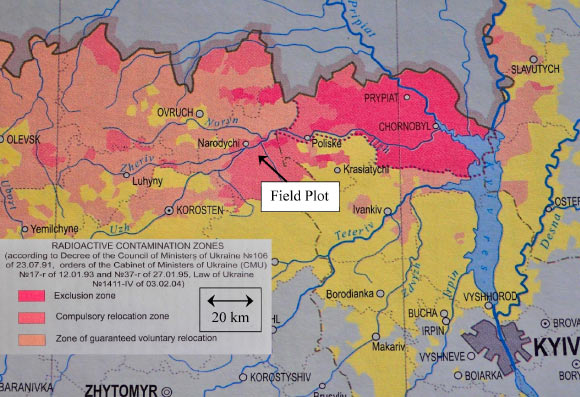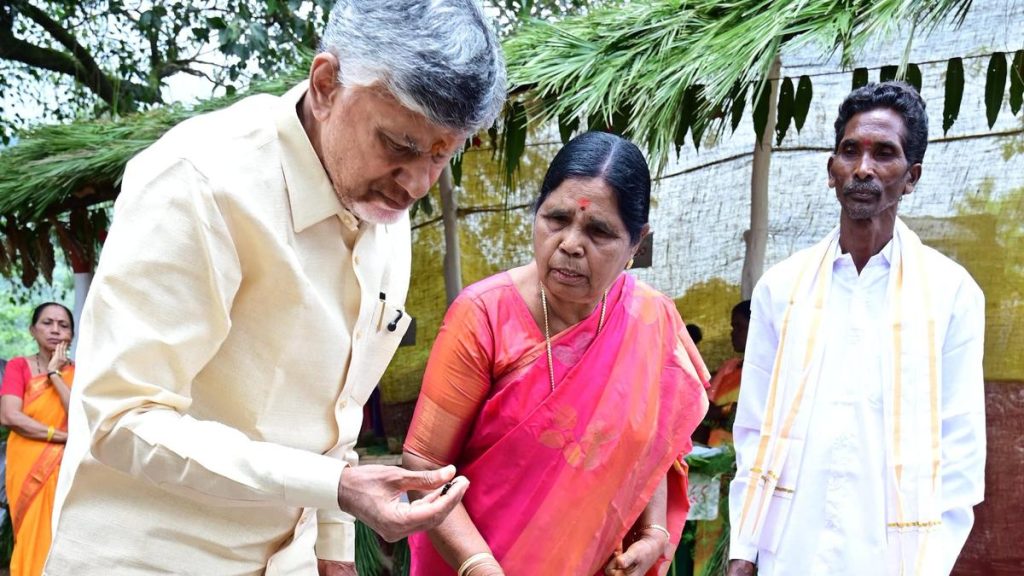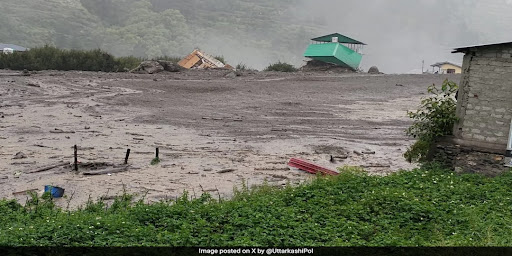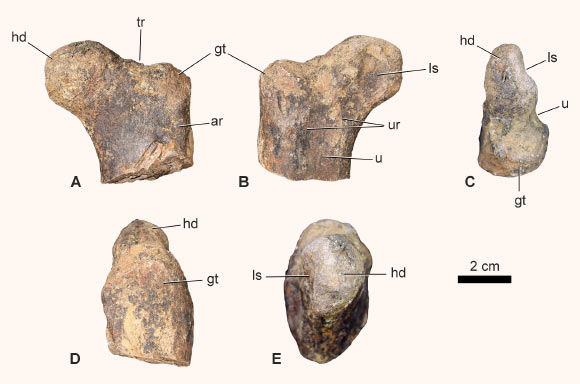Now Reading: Scientists Declare Parts of Chornobyl-Affected Farmland Safe for Cultivation
-
01
Scientists Declare Parts of Chornobyl-Affected Farmland Safe for Cultivation
Scientists Declare Parts of Chornobyl-Affected Farmland Safe for Cultivation

Rapid Summary
- Researchers from the UK and Ukraine have developed a method to reassess farmland abandoned after the 1986 Chornobyl nuclear accident.
- Large areas of northern Ukraine, including a 4,200 km² exclusion zone and a smaller 2,000 km² area with limited inhabitation, remain designated as hazardous for farming.
- Despite political challenges and restrictions on land use, unofficial farming by locals has been occurring in some regions.
- A study using soil analysis and radiation measurement on a 100-hectare site in Zhytomyr confirmed safe cultivation of crops such as potatoes, cereals, maize, and sunflowers within safety limits.
- The effective radiation exposure for agricultural workers was found to be far below Ukraine’s national safety thresholds.
- Findings suggest proper monitoring could allow formal agricultural production while ensuring safety for both workers and consumers.
Indian Opinion analysis
This research offers valuable insights into an issue that transcends geographical boundaries – balancing environmental recovery with human needs. The success of this protocol reflects how scientific advancements can guide the enduring use of previously restricted lands. For india, which faces its own challenges in managing lands impacted by natural or industrial disasters (e.g., pesticide contamination or chemical leaks), this study may serve as a model to assess risks objectively rather then relying solely on precautionary measures that often restrict land usage indefinitely. By prioritizing evidence-based approaches like those presented here while adhering to strict regulations, India could unlock opportunities for responsible redevelopment without compromising public health or environmental integrity.
Read more: Link
























